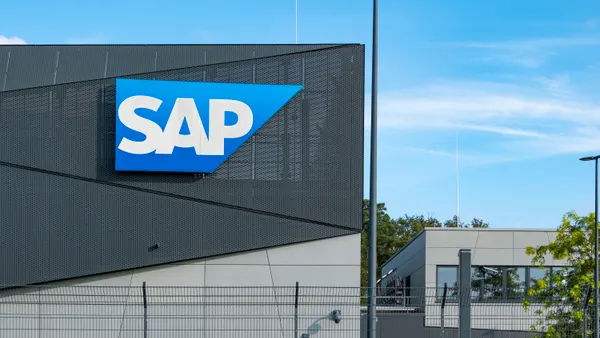Dive Brief:
- Hyperscale cloud providers increased their compute dominance in the last year, capturing 44% of worldwide data center capacity, according to a Tuesday Synergy Research Group report. Over half is housed in facilities owned by the providers, the firm said.
- SRG expects hyperscalers to command more than 60% of global capacity by 2030, leaving just 22% in on-premises data centers, a two-percentage-point uptick from last year’s forecast. In Q1 2025, on-premises hardware accounted for 34% of the total, with non-hyperscale colocation facilities providing 22% of capacity.
- Enterprises are adding infrastructure to power AI workloads, according to SRG Chief Analyst John Dinsdale. On-premises data center capacity isn’t falling, “it had been staying somewhat constant but is now receiving something of a boost from on-premises deployments of AI and GPU servers,” he said in an email.
Dive Insight:
Compute-hungry large language model technologies are reshaping IT infrastructure from the bottom up, driving massive investments in facilities and hardware to support generative AI adoption.
Hyperscale data centers are getting bigger and more numerous, according to SRG. Cloud providers operated 1,189 facilities at the end of Q1 2025, up from 1,136 last year. Three tech giants — AWS, Microsoft and Google Cloud — controlled nearly 60% of all hyperscaler capacity, the firm said in March.
“Hyperscale operators are better positioned to run AI operations than most enterprises,” Dinsdale said in the report.
Growing enterprise reliance on infrastructure and platform services is reflected in the magnitude of cloud data centers capital investments. AWS, Microsoft and Google Cloud were the prime movers behind a 53% year-over-year spike in data center spending during the first three months of the year, according to Dell’Oro Group. The three companies have committed more than $250 billion to buildouts in 2025.
While spiraling costs and AI-related data privacy concerns tempered enterprise appetite for cloud, pushing some organizations to recommit to hybrid strategies, migrations haven’t slowed.
Enterprises looking to house data center gear in colocation facilities face a tight market with escalating rental rates, according to CBRE research published Tuesday. Vacancy rates hit an all-time low in most major U.S. regions during Q1, bumping up rents as much as 15% year over year, the firm said.
For AI workloads and the big data pipelines the technology craves, hyperscale infrastructure may be the most practical enterprise option.
“Overall, the trends are all heading in the same direction — and it is easy to see what is behind these trends,” Dinsdale said. “In 2012, enterprises spent 12 times as much on their data center hardware and software as they did on cloud infrastructure services, while today they spend three times more on cloud services than they do on their own data center infrastructure.”















